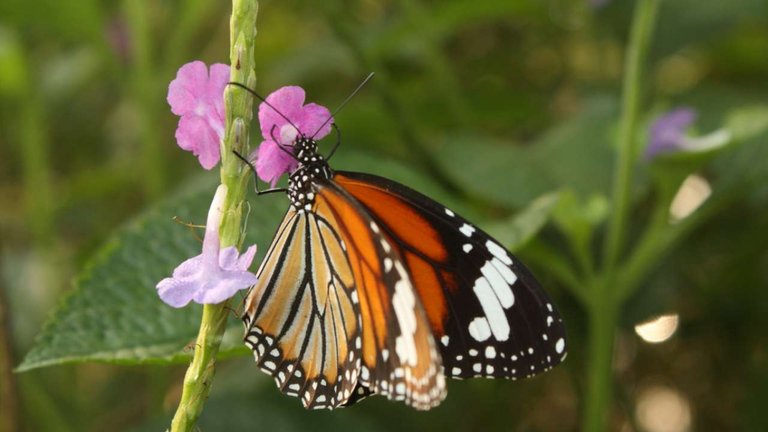
Before the flowers on earth, there are butterflies. And moths.
Scientists have discovered after analyzing 70 fossils and scale fragments of excavations in northern Germany. The 200 million years of fossil fossils related to the Tripsik-Jurassic border are the oldest evidence of the insects in the Lepidoptera sequence.
Some fossils share qualities with modern moths in suborder Glossata, which have a grass-like props that absorb honey-like fluids. Their complexity and timing of the time being designed to have such complex features, these fossils are estimated to be 70 million years old for Glasadon moths, blossoming plants, "researchers wrote in the study. [In photos: Beautiful butterflies of the American desserts]
These days, glutton moths are based on flowering plants. But the world's first flower in the 2017 study in Nature Communications began approximately 140 million years ago. If angiosperms do not occur during the early lepidopterans, these flying insects instead of gymnosperms - pumpkins, seed producing plants, as soft as the cycads - said researchers.
These ancient glostan moths have probosis, and their modern relatives have used these hoses to absorb the pollinator drops produced by gymnosperms, if they do.
"Like angiosperm honey, gymnosperm sugar drops provide a high energy nutritional source, which attracts adult gloussan moths and other mesozoic proposcott flying insects," the researchers wrote in the study.
Researchers have noted that Lepidoprenons have changed their menu to ezizosphere after the development of flowering plants.
Moreover, researchers speculate why lepidopterans have a sucking proboscis in the first place, which replaces the mouthparts chewing in the front lineages. Late triasic was hot and arid, and Lepidoptertes developed probiosis, an effective method to replace lost moisture and to cope with depression, "researchers wrote in the study.
helpfull